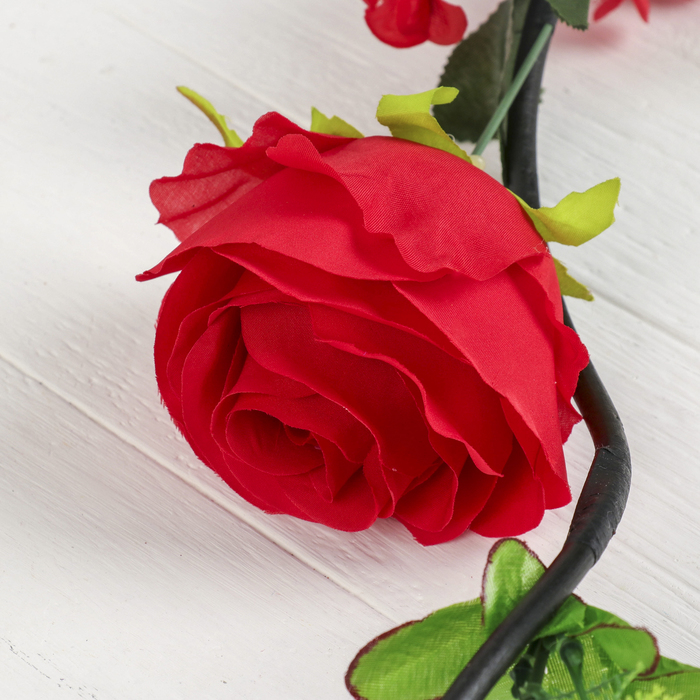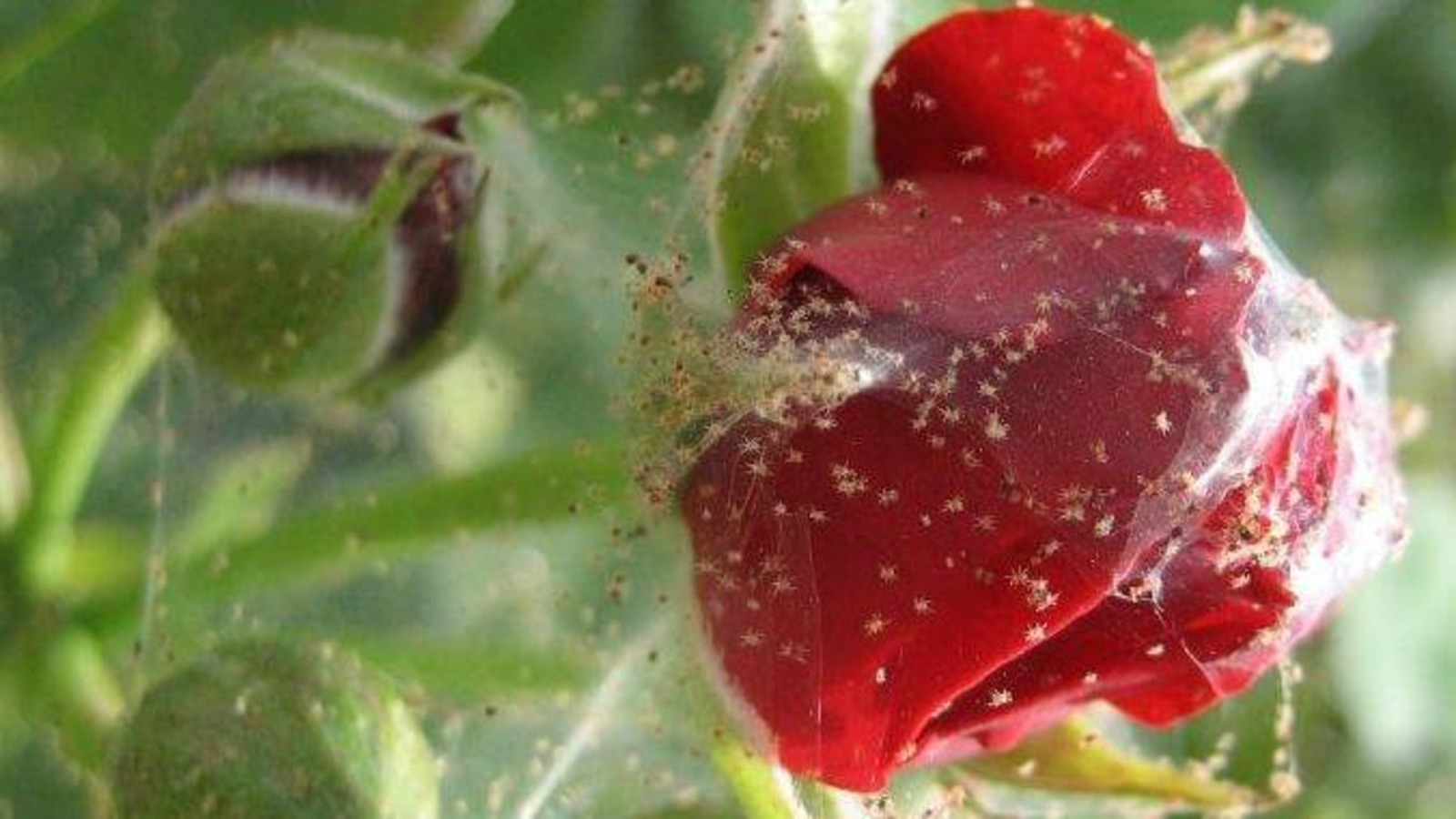Rose mix - what kind of indoor plant is it?
Content:
This unusual miniature flower can be a decoration for any apartment. Also, a garden plot or a summer cottage is perfect for him.
Rose Mix - what kind of indoor plant is it?
The attractiveness of this flower is that it is versatile (indoor and garden), looks very impressive and has a variety of shades. Its acquisition will definitely not be a mistake.
Short description
The progenitor of this flower is a decorative rose, which was brought from Southeast Asia. From there it was brought to Europe.
Advantages and disadvantages of the variety
The advantages of the variety are year-round flowering and attractive appearance.
Disadvantages of the variety:
- often affected by spider mites;
- requires different care in different seasons of the year;
- finicky in content.
Popular varieties of home flower
A characteristic feature of the variety is a rather high stem (50 cm) and large buds. This variety is characterized by long flowering, as well as long shelf life when cut. It is popular for planting in open ground, therefore it is also called a garden rose Mix.
Turbo
It features a long flowering period, large flowers, various shades, just like the Bau Monde Mix rose.
Rose Parade Mix (Parade)
Excellent for planting in open ground. Easy to care for, therefore it is one of the most popular varieties. It blooms several times per season and is abundant.
Rose mini Mix
Or miniature rose Mix - the variety most adapted for potting, therefore it is the most common. Feels great both in the apartment and in the greenhouse. It is a low bush with small buds.
Rose Bew Monde (Monde)
Unlike most other varieties, it has one shade of buds - white, which gives the flower a very elegant appearance.
Rose Favorite Mix
The height of the bushes is from 40 to 50 cm, the flowers are from 8 to 9 cm. The variety has elongated buds with dense petals. Like other varieties of roses, it has a low resistance to various diseases.
Star Roses
Rose Star Mix has a large bushes height of up to 60 cm and is somewhat similar to Cardana, as well as large flowers. The bush of this rose will no longer look as compact as other members of the species. Rose Star Roses Mix in the garden will be a real decoration.
How to transplant correctly after purchase into a pot
After purchasing a rose Mix flower, the question arises of how to care after purchase.
During transportation and sale, this helps to retain moisture longer, but for home maintenance, the rose needs to be transplanted. The transplant can be done about two weeks after purchase to allow the plant to adapt.
How to prepare the soil and flower for transplanting
It is important to maintain sufficient humidity during the adaptation period, as well as observe other home conditions, otherwise the flower will certainly die.
If the adaptation period has successfully passed, then you can proceed to the transplant. Ceramic pots with a drain are best for this. The new container should not greatly exceed the previous one in height and width. It is enough for it to be 5-7 cm larger.
Description of the landing procedure step by step:
- It is better to cut the buds before transplanting.
- Place a 3 cm high drainage layer on the bottom of the clay pot.
- Remove a previously well-spilled rose from the pot and place it in a prepared new one. It is important not to destroy the earth lump.
- Fill the existing voids with new soil, lightly tamping it.
- Spray the rose with water at room temperature.
- Place in a place protected from direct sunlight.
- The day after transplanting, it is allowed to water the soil.
Plant care
Rose Mix is a rather delicate plant that needs good care. Otherwise, you will not be able to fully enjoy the beauty of this flower.
Watering rules, humidity
Rose Mix, like all other roses, is in great need of watering and high humidity. In the summer, watering is necessary as often as required, without allowing the soil to dry out. In winter, watering should be moderate (about once every 2-3 days, depending on the temperature and humidity in the room).
The optimum temperature for keeping in the summer is 20-23 ° С, in winter it is not less than 15 ° С. It is necessary to regularly ventilate the room, but it is forbidden to leave the flower in drafts.
Top dressing and soil quality
A flowering plant is especially in need of feeding. With a lack of nutrients in the soil, the plant will grow poorly and bloom less often and less abundantly. Just like a lack of nutrients, too much is harmful, as it leads to the growth of lush foliage in the absence of flowering. Saltpeter or superphosphate is recommended for late summer after flowering. Complex fertilizers are used in spring, applied every two weeks.
Pruning and replanting
Pruning the Rose Mix is done as needed when the leaves and buds start to turn yellow. To form a bush, the procedure will need to be carried out more often. It is recommended in early spring to remove all weak shoots, leaving about five of the strongest branches. It is better to cut off yellowed buds with a part of the stem 4 cm long. In the fall, it is necessary to shorten the branches.
Features of wintering a flower
Winter changes the care of the rose. The transfusion of the flower should not be allowed, otherwise decay will occur. It is also important to avoid a sharp drop in temperature. Since Rose Mix does not tolerate dry air, it is recommended to find a place for it away from heating appliances.
Blooming rose
During the flowering period, Rose Mix will not leave indifferent even those who do not show any interest in these flowers.
A period of activity and rest
Rose Mix is active in spring. She begins to release new buds, awakening from the winter rest. It is necessary to gradually increase watering and fertilize with universal fertilizing, following the instructions. Closer to winter, the rose begins to prepare for rest.
Care during and after flowering
For a blooming rose, as well as after flowering, it is important to provide enough space in a room with the required level of humidity and a comfortable temperature. Strictly monitor the watering regime and control pest infestation.
What to do if it does not bloom
First of all, you need to analyze the conditions of detention (illumination, temperature, humidity, watering, etc.). Perhaps this beauty needs a transplant or fertilization. It is also possible, on the contrary, to overflow with fertilizers, from which the Mix rose began to give abundant greenery.
Flower propagation
This flower can be propagated in two ways: by grafting a shoot or forming a stalk.
When is it produced
Cuttings can be cut at any time, but it will be optimal to do this in late spring - early summer. Everyone should have a bud, flower, or bud.
Detailed description
The stalk must be placed in a container with water, after a while it will give roots. After that, it is rooted in moist and loose soil. It requires high humidity and a lot of light without direct sunlight. It is also possible to root immediately in the ground, observing the same conditions.
Diseases, pests and ways to control them
The most common pest of the Mix rose is the spider mite. The leaves of the rose will begin to turn yellow and wither, and red, orange or yellow moving dots can be seen on them, as well as on the pot and windowsill. A thin cobweb will also be visible, which will indicate the appearance of these pests. Spider mites cannot stand high humidity, so regular spraying, a warm shower and humidification of the room will help to reduce its number. Insecticides, for example, actellic, will help to completely get rid of it.
Powdery mildew is also common, appearing when the flower is kept at low temperatures. This disease can be determined by the white bloom on the stems and leaves. It is necessary to rinse the whole plant from it and spray it with a solution of soda every day for a week, using 2 teaspoons per 1 liter of water.
Despite certain features in caring for a Mix rose, they are quite easy to follow, and then this beauty will delight with her buds for a long time.



















